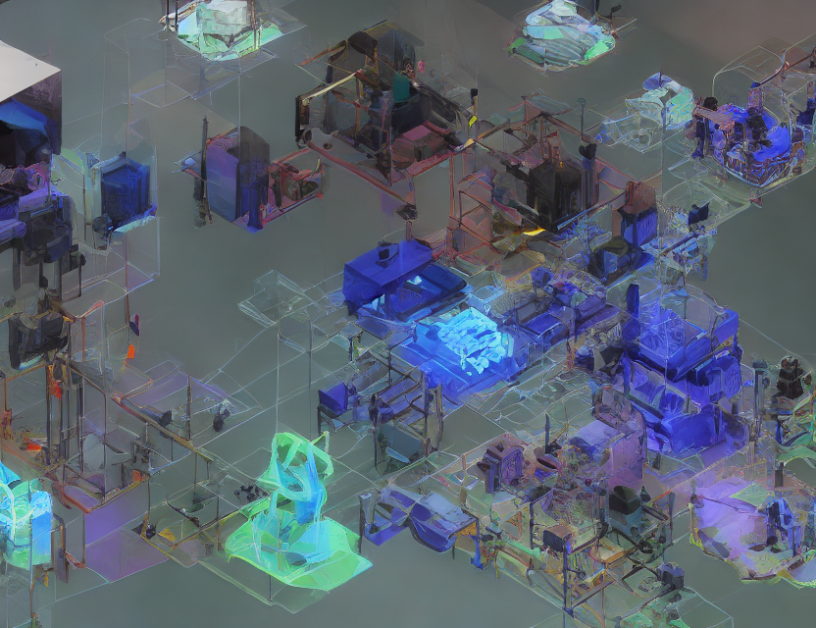In this article, the authors propose a novel approach to detecting deepfakes ( manipulated digital images or videos) using generative adversarial networks (GANs). Deepfakes have become increasingly prevalent due to advancements in machine learning and computer vision. These manipulated visual contents can be used for malicious purposes, such as spreading fake news or damaging someone’s reputation.
The proposed method leverages GANs to generate a statistical augmented image that is then compared to the original input image. The GAN-generated image captures the underlying patterns and structure of the original image, allowing it to detect deepfakes with high accuracy. This approach can distinguish between genuine and manipulated images even when the manipulation is sophisticated or subtle.
To improve the detection performance, the authors propose a blended-based method that combines GAN-generated images with traditional machine learning models. This hybrid approach enables the system to learn both the statistical patterns of the genuine images and the artifacts introduced by deepfakes. The proposed method is tested on several benchmark datasets and outperforms existing detection methods in terms of accuracy and robustness.
The key insight behind this work is that GANs can be used to generate a statistically augmented image that captures the underlying structure of the original image. By comparing this augmented image with the original input, the system can detect deepfakes with high accuracy. This approach has significant implications for a wide range of applications, including image and video authentication, cybersecurity, and digital forensics.
In summary, this article presents a novel approach to detecting deepfakes using GANs. By generating a statistically augmented image that captures the underlying patterns of the original image, the proposed method can detect manipulated visual contents with high accuracy. The hybrid approach combining GAN-generated images with traditional machine learning models improves the detection performance and demonstrates the effectiveness of this approach in various applications.
Computer Science, Computer Vision and Pattern Recognition
Efficient Deepfake Detection via Blended-Based Models



